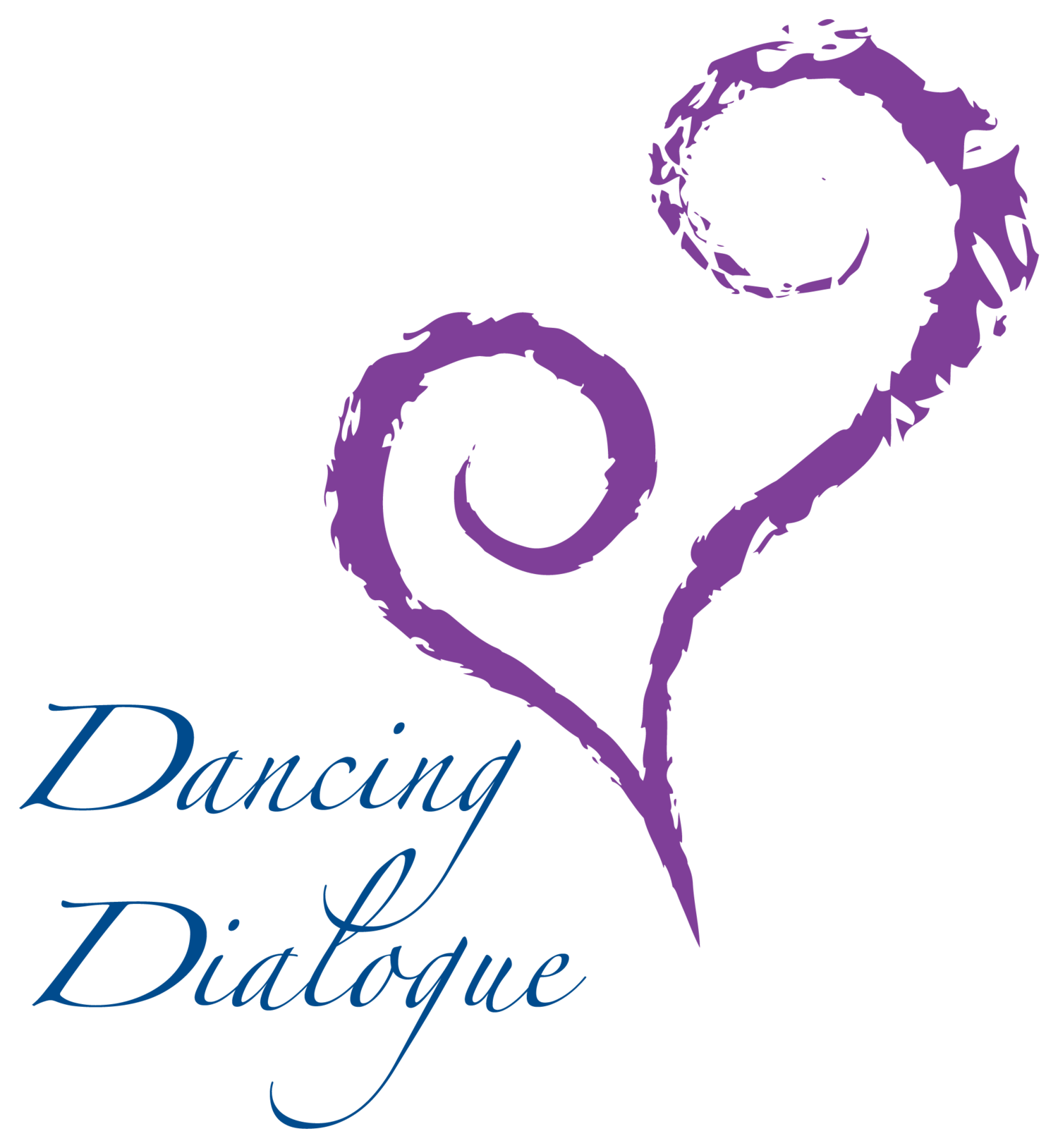2007 Joint National Conference
October 31 – November 3, 2007
Novotel–Sydney Olympic Park
Suzi Tortora Ed.D, CMA, ADTR, LCAT, LMHC
Pleary Talk
Baby Cues: the Nature of Nonverbal Communication between Parent & Child
Suzi Tortora Ed.D, CMA, ADTR, LCAT, LMHC
Workshop 4 – Let's Dance!
Nurturing Relationships through Multi-sensory Interaction
Based on the intricate relationship between the brain and body, participants will gain a deeper understanding of the role multi-sensory learning plays in all levels of a young child's development, using a program developed by this presenter called Ways of Seeing. The focus of this relationship-based program emphasizes the primary significance of movement and multi-sensory experience in building the attachment relationship through nonverbal and experientially-based engagement. Participants will learn how the nonverbal aspect of interactions with young children influence the child's development in all areas, by emphasizing why playful spontaneous movement-based interactions involving a mutual give and take between baby and significant adult, support the development of a healthy bond. Discussion will include how the nonverbal aspects of a parents quality of touch and holding can influence the developing relationship and the infant's budding sense of self.
Participants will learn how to apply this multi-sensory and nonverbal perspective across a continuum of infant mental health practice, from typical parent-infant relationships to special populations: such as medically ill young children in a hospital setting and children with developmental issues including sensory processing, communication delay and Autism Spectrum Disorder (ASD). Nonverbal observational skills will be sharpened as participants learn how to organize and interpret the information observed to develop a program unique to each child and family; using touch, rhythm, movement and body awareness techniques. Multi-sensory activities that capture the young child's interest become a tool for communication; helping the child navigate the environment, supporting relationships, enhancing self-expression, and, in the case of medically ill children, for pain management. Through lecture, video, worksheets and experiential participation, participants will understand the role of movement in development; and learn age appropriate movement, dance and play activities that support the attachment relationship while enhancing physical, cognitive, communicative and social/emotional development. These activities can be used with families in group, dyadic, and individual therapeutic, hospital, preventative, and daycare settings.
